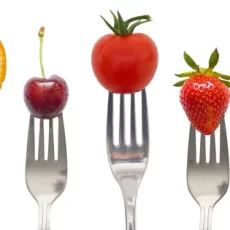The human smile is a complicated form of expression. It can indicate anything from joy to jealousy. And research now shows that it can even predict outcomes! Here are a few examples:
Predicting Earnings
According to a study published in 2012 in the journal Proceedings of the National Academy of Sciences, happier adults were able to earn 10% more than average at age 29, while the gloomy ones earned 30 percent less than average at that very age. Turns out, happiness results in less stress and anxiety, giving one more time to focus on job-related tasks.
Predicting Longevity
In a particular study, researchers rated vintage photographs of 230 baseball players who played during the 1952 season in the US. What they were particularly interested in was whether ‘Duchenne smilers’ or those who use muscles at both corners of the mouth and around the eyes signifying true smiles, live longer.
The vintage photographs were divided into three categories – non-smilers, Duchenne smilers and non-Duchenne smilers. The researchers then looked at how long the deceased 184 players had lived and found out that out of these 184, Duchenne smilers lived longer than the non-Duchenne ones. What was even more surprising was that 70% of smilers lived to the age of 80, while only half of the non-smilers reached that number.
Predicting Overall Happiness
As a part of a long term study, Harker and Keltner analysed the college yearbook photos of female students using FACS and then matched the women’s smile ratings against 30 years of data consisting of their important life events. By 52, they found, the women whose photos at 21 had radiated happiness, in the form of a Duchenne smile, expressed greater satisfaction in general with how their lives had worked out.
Turns out that a smile indicates way more than the stretching of a few facial muscles!





